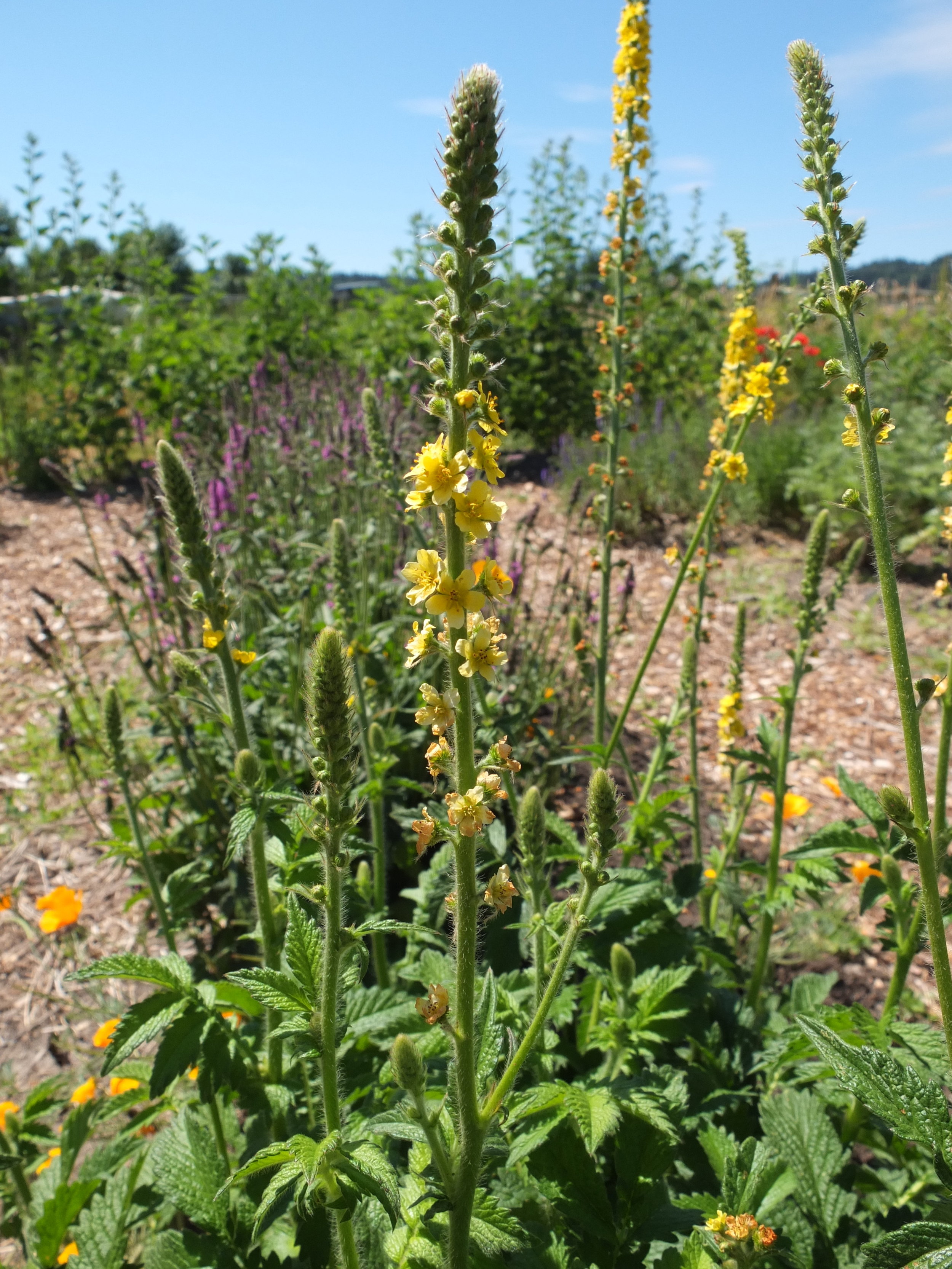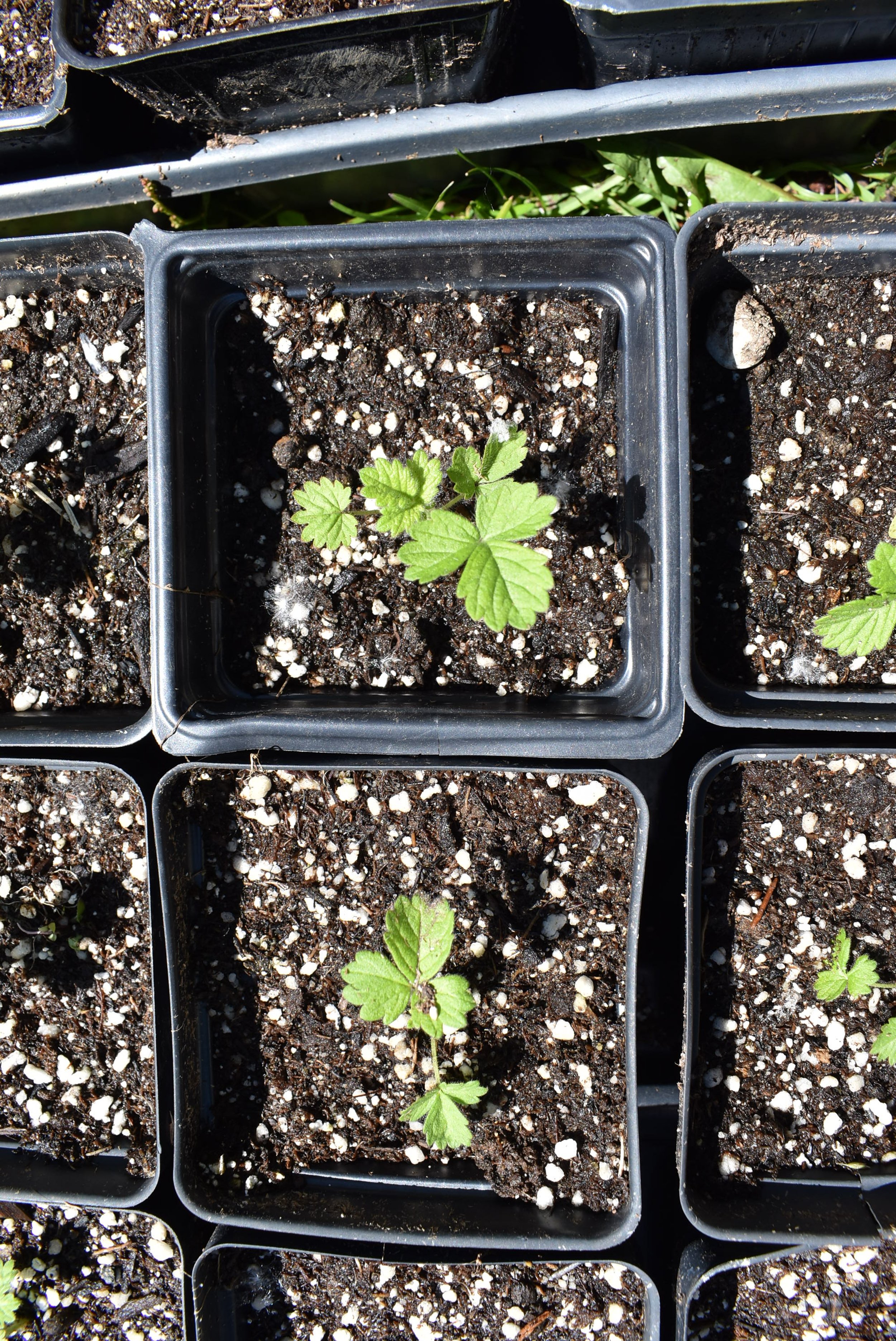
Seeds
All seeds are grown on our farm without the use of chemicals; and are untreated, open-pollinated, hybrid-free and GMO-free.
Agrimony Seeds
Agrimony Seeds
Our own farm-grown (Agrimonia eupatoria) seeds for organic growing,
All seeds are grown on our farm without the use of chemicals; and are open-pollinated, hybrid-free and GMO-free.
1 pkg (approx 30 seeds)
Common Names
Agrimony
Botanical Name
Agrimonia eupatoria
Plant Family
Rosaceae (Rose Family)
Native Range
Europe, especially common in Britain.
Life Cycle
Perennial
Hardiness Zone
5-9
Habit
2ft tall and wide. To 3ft tall in bloom, produces slender spikes of yellow flowers from June to September.
Sun/Soil
Full sun to part shade, well-drained soil. Will tolerate heavy clay and a variety of conditions.
Germination/Sowing
The seeds can be moderately difficult to germinate, or have spotty germination. They do well sown directly in place in the fall, just as the plant would do self-seeding. They can also be direct sown in spring, or started in flats indoors.
Growing/Care
Easy to care for. Plants are herbaceous and will die back for the winter and so can be cut back to the ground in the fall time. They will re-grow in the spring. Not a prolific self-seeder, but will sire the occasional seedling if left to go to seed in the garden.
Harvesting
The aerial parts can be harvested when the plants are in bloom. The plants can be cut back during harvesting to 3 or 4 inches above the ground.
Culinary Uses
Not considered a culinary herb. Leaves are too astringent to be very palatable, but the flowers are more edible and can be added to salads.
Medicinal Uses
Astringent tonic and mild bitter to improve general digestion, liver health, and the assimilation of nutrients.
Themes
Attracts Pollinators, Deer Resistant, Apothecary Garden, Container Garden, Drought Tolerant, Low Maintenance.










